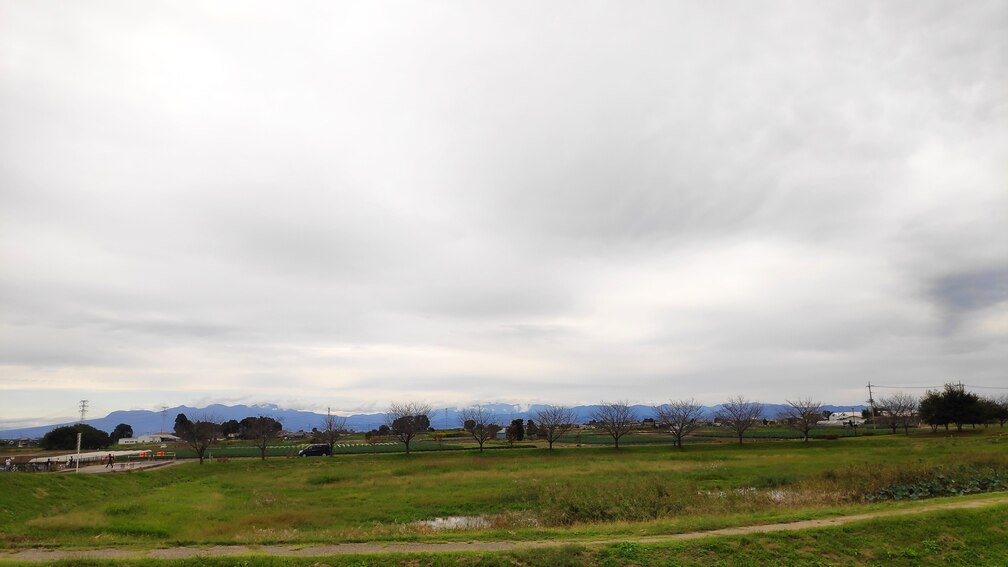
How can I say that my room is not big in Japanese?
See: Adjective sentence 1 for basic knowledge about Japanese adjective
Negative sentence with an adjective in Japanese
When negating an adjective sentence, it is not straightforward in Japanese:
- na-adjective + じゃない (janai)
- i-adjective (い(i) → く(ku)) + ない(nai)
As you can see, the form of the i-adjective must be modified.
And to make it sound polite, add です (desu).
So, for example,
安い(yasui: cheap) → 安くない(yasuku nai: not cheap)
寿司は安くないです。
sushi wa yasuku nai desu.
Exception adjective “good”
There is an i-adjective to which we must pay attention to:
いい
ii
good
When it comes to negate this adjective, we must change it all:
いい(ii: good) →よくない(yoku nai: not good)
So, for example,
これはいいです。
kore wa ii desu.
This is good.
これはよくないです。
kore wa yoku nai desu.
This is not good.
Soften the negation
We can add before i-adjective negation
あまり
amari
to soften the nuance.
For example,
この映画はあまりおもしろくないです。
kono eiga wa amari omoshiroku nai desu.
This movie is not so interesting.
Asking about how X is
If you want to ask how X is in Japanese, you can use
どう
doo
How is
For example,
A:
このチョコレートはどうですか。
kono chokoreeto wa doo desu ka.
How’s this chocolate?
B:
とてもおいしいです。
totemo oishii desu.
It’s very tasty.
C:
あまりおいしくないです。
amari oishiku nai desu.
It’s not very tasty.



Comment